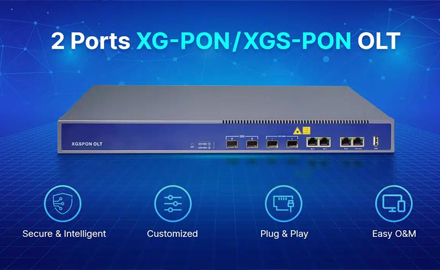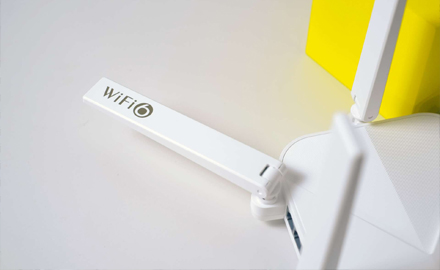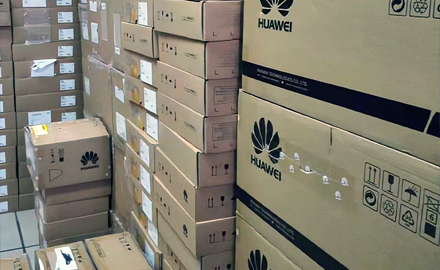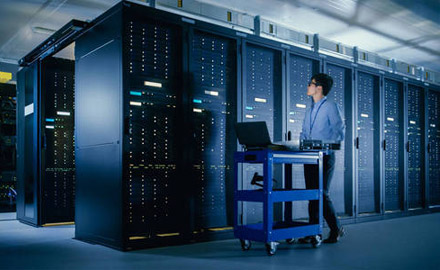The Erbium-Doped Fiber Amplifier (EDFA) plays a pivotal role in Fiber to the Home (FTTH) networks, serving as a key component in ensuring the efficient transmission of high-speed data over long distances. Understanding the significance of EDFA requires delving into the broader context of FTTH and the challenges it addresses, as well as comprehending the principles behind optical amplification and the specific advantages EDFA brings to FTTH deployments.

FTTH represents a paradigm shift in broadband internet access, offering unprecedented speed, reliability, and bandwidth compared to traditional copper-based networks. Instead of relying on legacy infrastructure prone to signal degradation and bandwidth limitations, FTTH leverages optical fibers, which transmit data using light pulses, enabling gigabit-speed internet connections directly to homes and businesses. This revolutionary approach not only meets the exponentially increasing demand for bandwidth-driven applications but also future-proofs network infrastructure for emerging technologies like 5G, Internet of Things (IoT), and augmented reality.
However, optical signals transmitted over fiber optic cables inherently experience attenuation, or signal loss, as they propagate through the fiber. This attenuation restricts the maximum distance data can travel without significant degradation, imposing limitations on the reach of FTTH deployments. Optical amplifiers address this challenge by boosting the strength of optical signals, thereby extending the transmission range and enabling the realization of expansive FTTH networks.
Among various optical amplification technologies, EDFA stands out as a preferred choice for FTTH deployments due to its exceptional performance, versatility, and cost-effectiveness. EDFA operates based on the principle of stimulated emission, wherein erbium ions doped into a silica fiber core amplify optical signals by stimulating the emission of photons at the same wavelength as the input signal. This process occurs within the erbium-doped section of the fiber, known as the gain medium, under the excitation of pump light typically provided by laser diodes.

The role of EDFA in FTTH can be comprehensively understood by examining its functions, advantages, and applications within the context of FTTH networks:
1. Signal Amplification: The primary function of EDFA in FTTH is to amplify optical signals, compensating for signal loss incurred during transmission. By boosting signal strength, EDFA enables data to traverse longer distances without significant degradation, facilitating the deployment of extensive FTTH networks spanning neighborhoods, cities, and even regions.
2. Transmission Range Extension: EDFA's amplification capabilities effectively extend the transmission range of FTTH networks, overcoming the limitations imposed by fiber attenuation. This extension enables service providers to reach subscribers located far from central offices or network aggregation points, facilitating ubiquitous broadband access in urban, suburban, and rural areas alike.
3. Multiplexing and Wavelength Division Multiplexing (WDM): EDFA supports wavelength division multiplexing (WDM), a technique used to simultaneously transmit multiple optical signals over a single fiber by assigning each signal to a different wavelength. By amplifying signals across a broad spectrum of wavelengths, EDFA enables efficient multiplexing and demultiplexing of data streams, maximizing the utilization of fiber capacity and optimizing network performance in FTTH deployments.
4. Cost-Effectiveness and Scalability: Compared to alternative optical amplification technologies like semiconductor optical amplifiers (SOAs) or Raman amplifiers, EDFA offers a compelling balance of performance, cost-effectiveness, and scalability. Its mature and well-established technology, coupled with economies of scale in manufacturing, makes EDFA a cost-effective solution for deploying and scaling FTTH networks to accommodate growing subscriber demands.
5. Reliability and Maintenance: EDFA's solid-state design and inherent stability contribute to its reliability and low maintenance requirements, essential considerations for deploying optical amplifiers in FTTH networks. With minimal moving parts and robust performance characteristics, EDFA ensures consistent and dependable operation, minimizing downtime and enhancing the overall quality of service for FTTH subscribers.
6. Compatibility with Existing Infrastructure: One of the key advantages of EDFA in FTTH deployments is its compatibility with existing fiber optic infrastructure. EDFA can be seamlessly integrated into fiber networks without necessitating extensive modifications or upgrades, allowing service providers to leverage their investments in fiber optic infrastructure while enhancing network performance and capacity with optical amplification.
7. Future-Proofing: By facilitating the deployment of expansive and high-capacity FTTH networks, EDFA plays a crucial role in future-proofing broadband infrastructure against evolving technology trends and increasing bandwidth demands. As the proliferation of bandwidth-intensive applications and emerging technologies accelerates, EDFA ensures that FTTH networks remain capable of delivering superior performance and meeting the evolving needs of subscribers and service providers alike.

In summary, the Erbium-Doped Fiber Amplifier (EDFA) serves as a cornerstone of Fiber to the Home (FTTH) networks, empowering service providers to deliver high-speed internet access directly to residences and businesses with unprecedented reliability, scalability, and cost-effectiveness. Through its signal amplification capabilities, transmission range extension, compatibility with existing infrastructure, and future-proofing advantages, EDFA enables the realization of expansive and resilient FTTH deployments that cater to the burgeoning demands of the digital age. As FTTH continues to revolutionize broadband connectivity worldwide, EDFA remains indispensable in ensuring the seamless and efficient transmission of data over optical fibers, driving the proliferation of gigabit-speed internet access and unlocking new possibilities for innovation, collaboration, and economic growth.
 Small Capacity OLT Application Scenarios
Small Capacity OLT Application Scenarios
 The Difference Between AX1800 ONU and AX3000 ONU
The Difference Between AX1800 ONU and AX3000 ONU
 How are Huawei OLTs Classified?
How are Huawei OLTs Classified?
 The Future Trend of Optical Line Terminals (OLTs)
The Future Trend of Optical Line Terminals (OLTs)